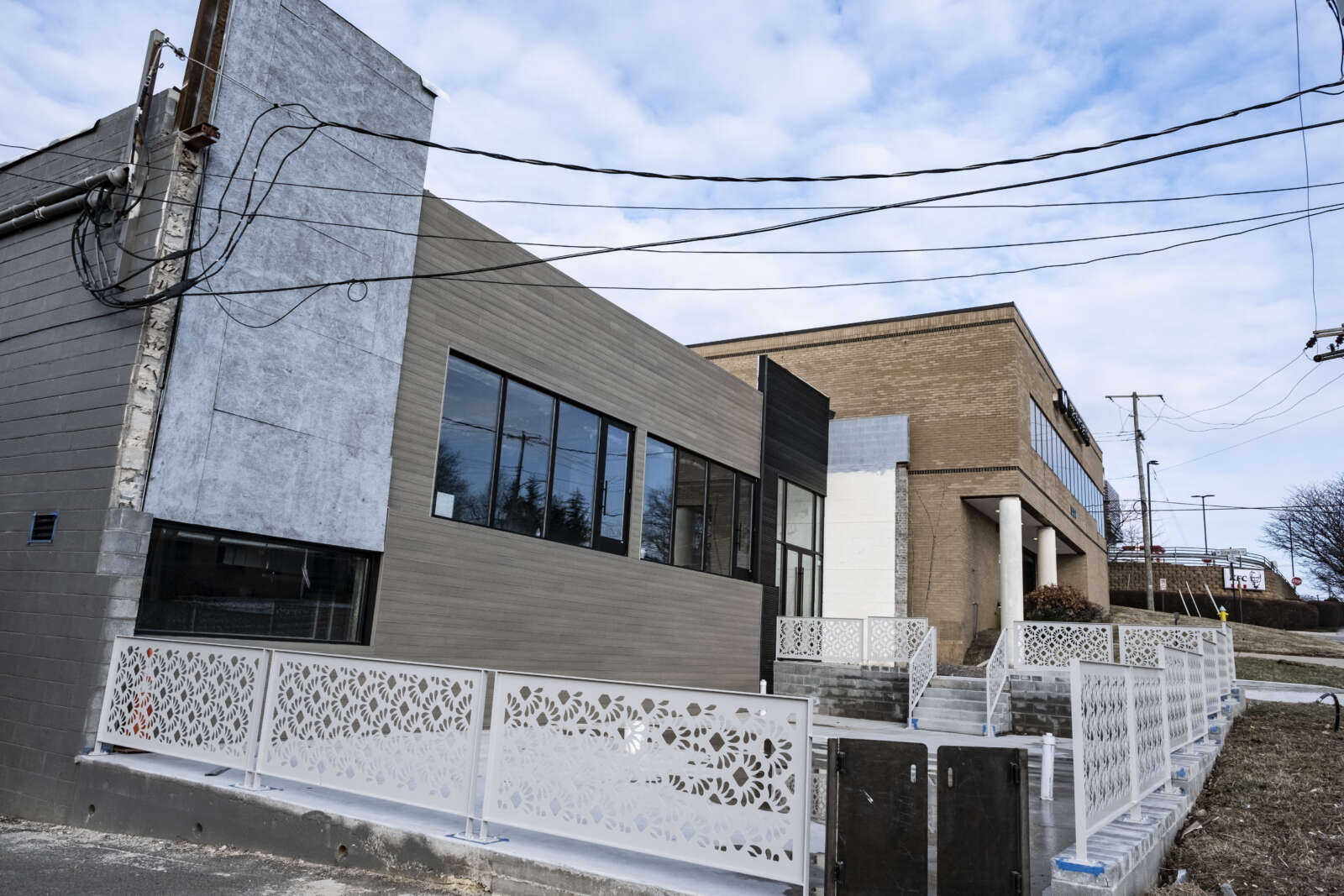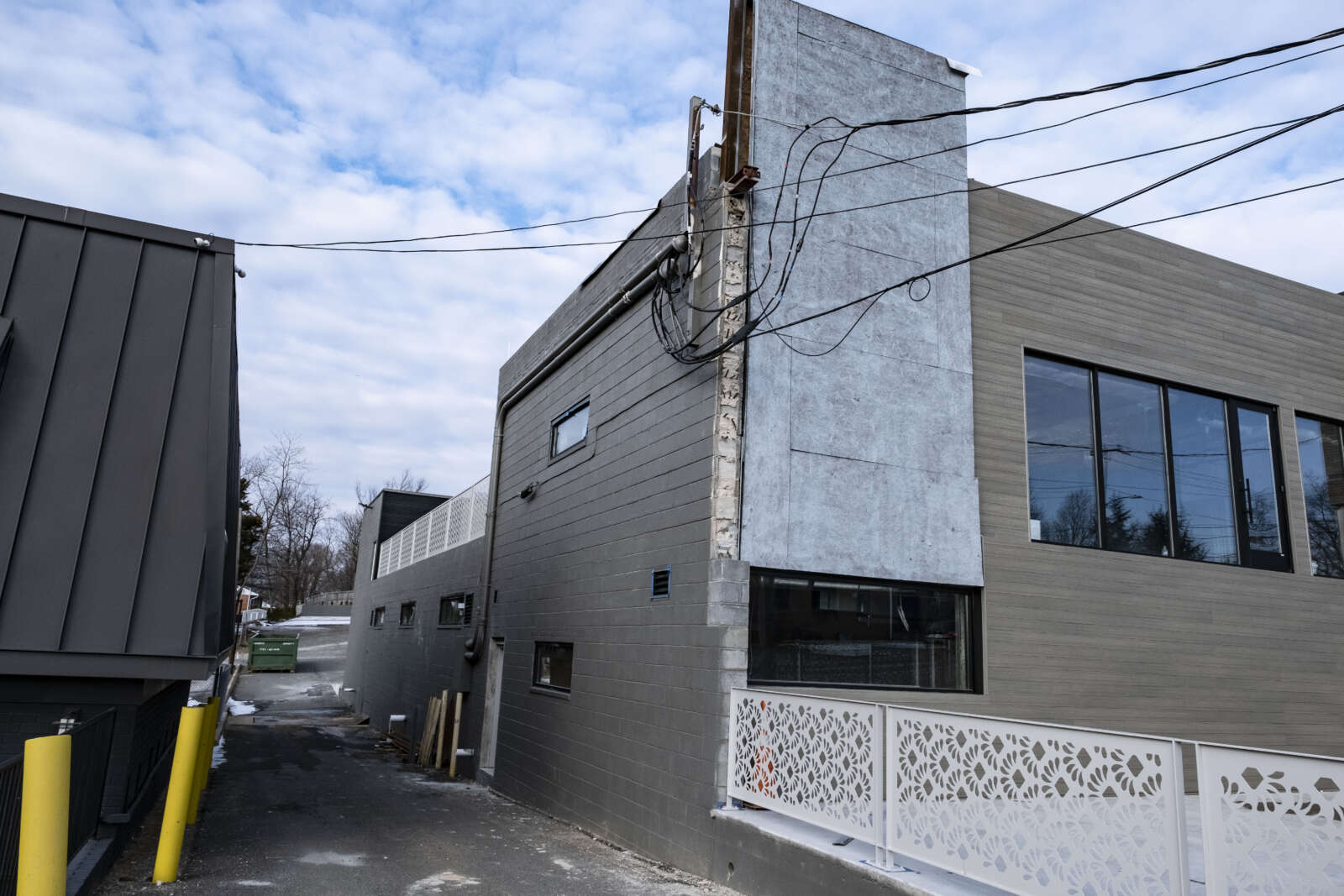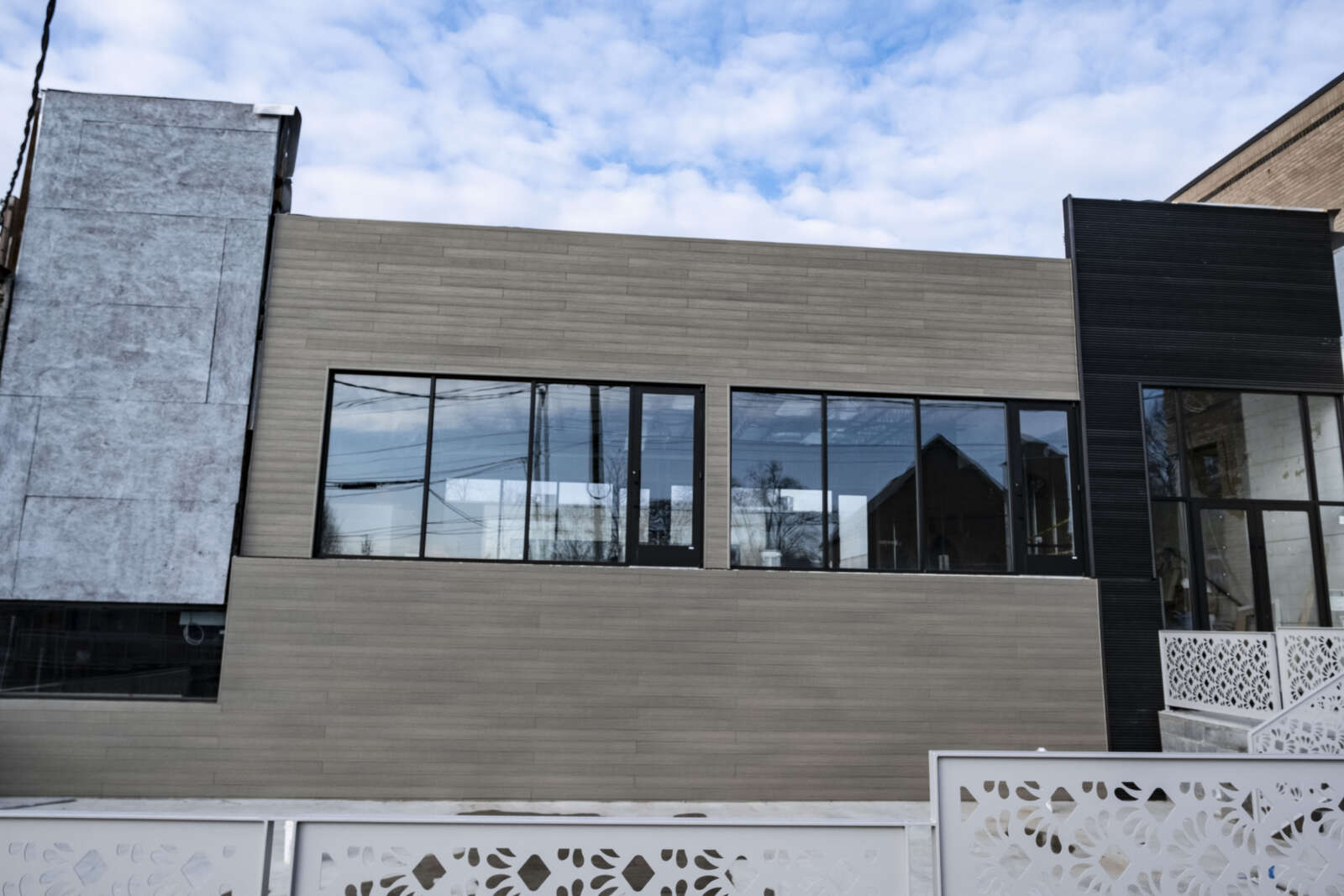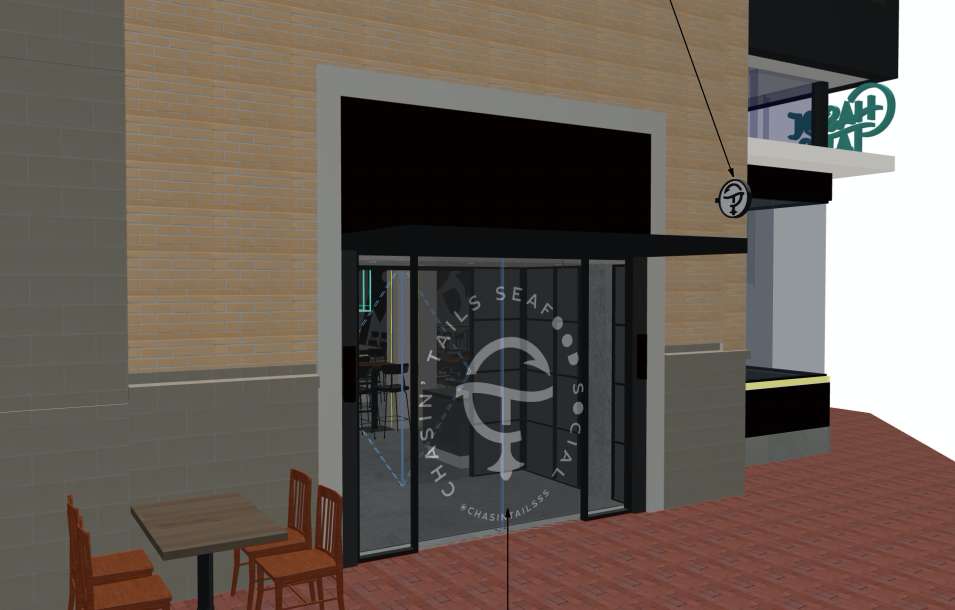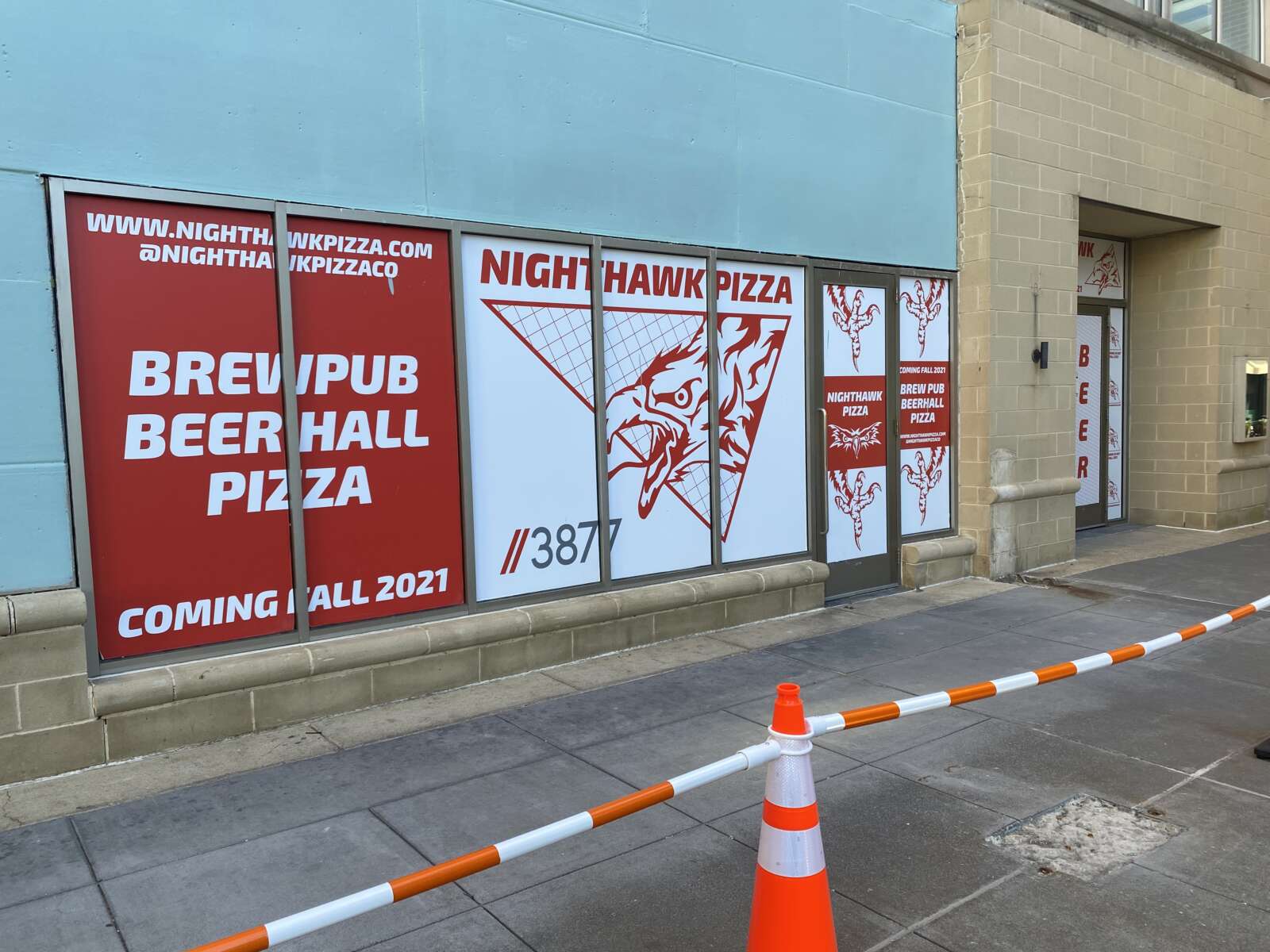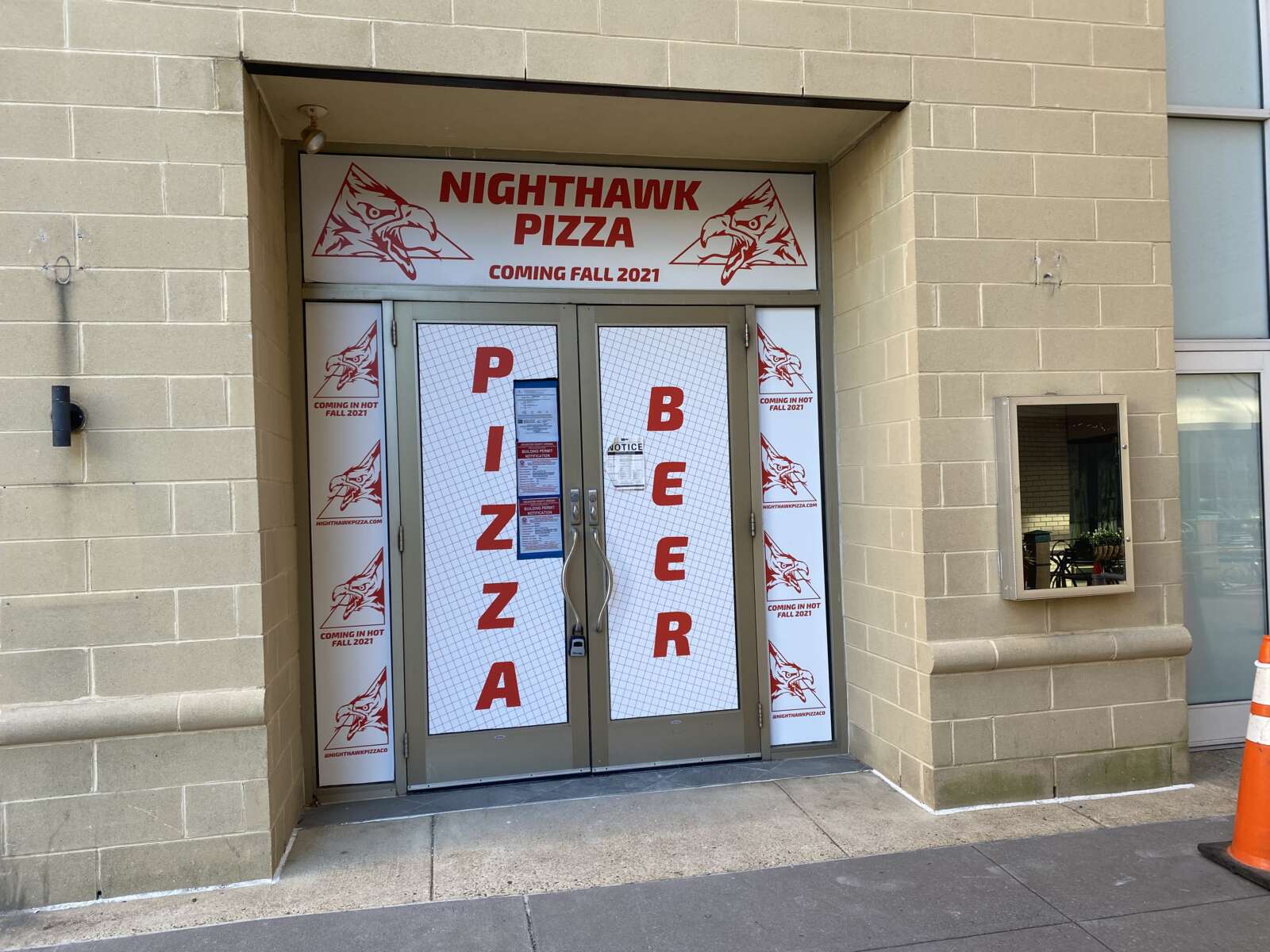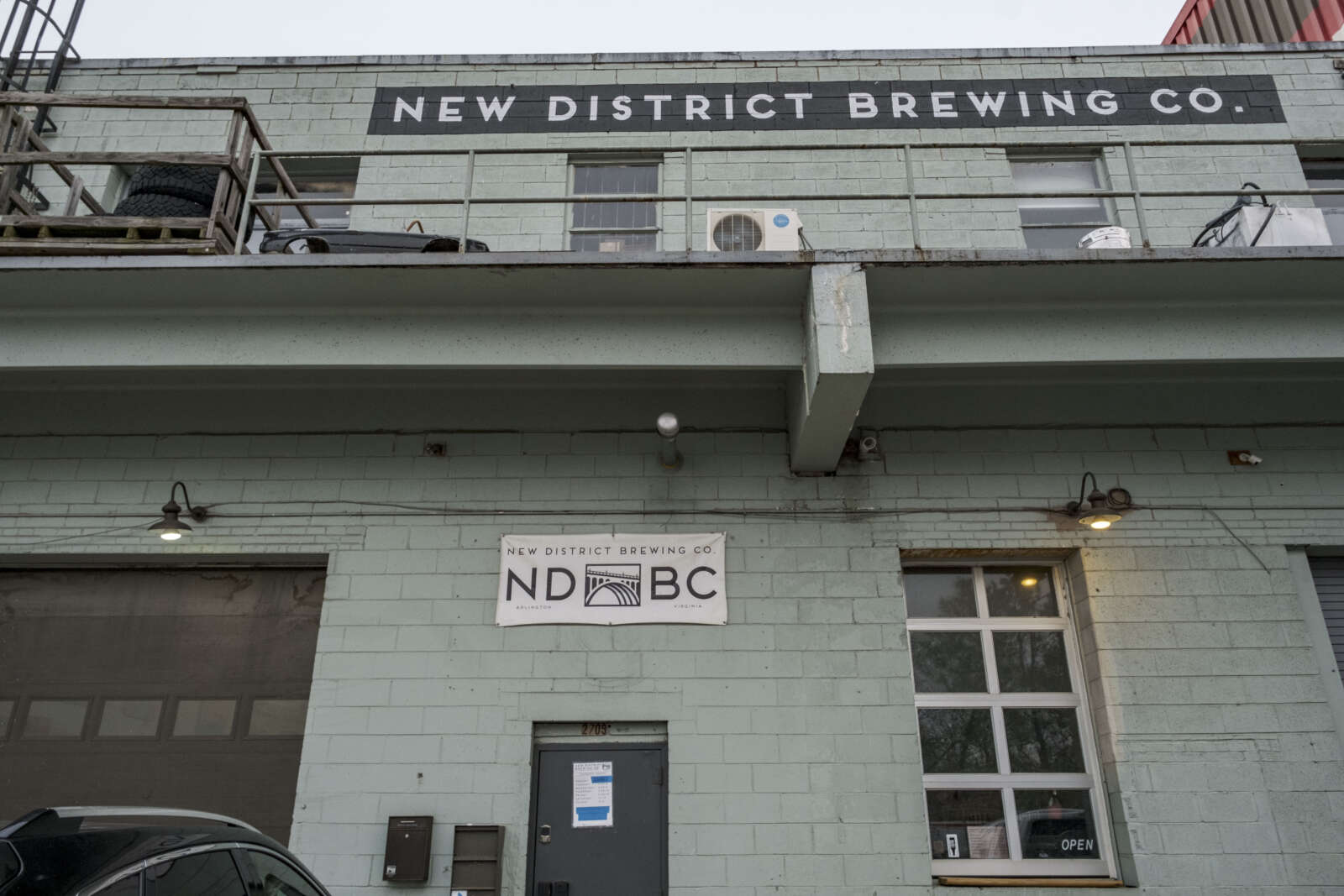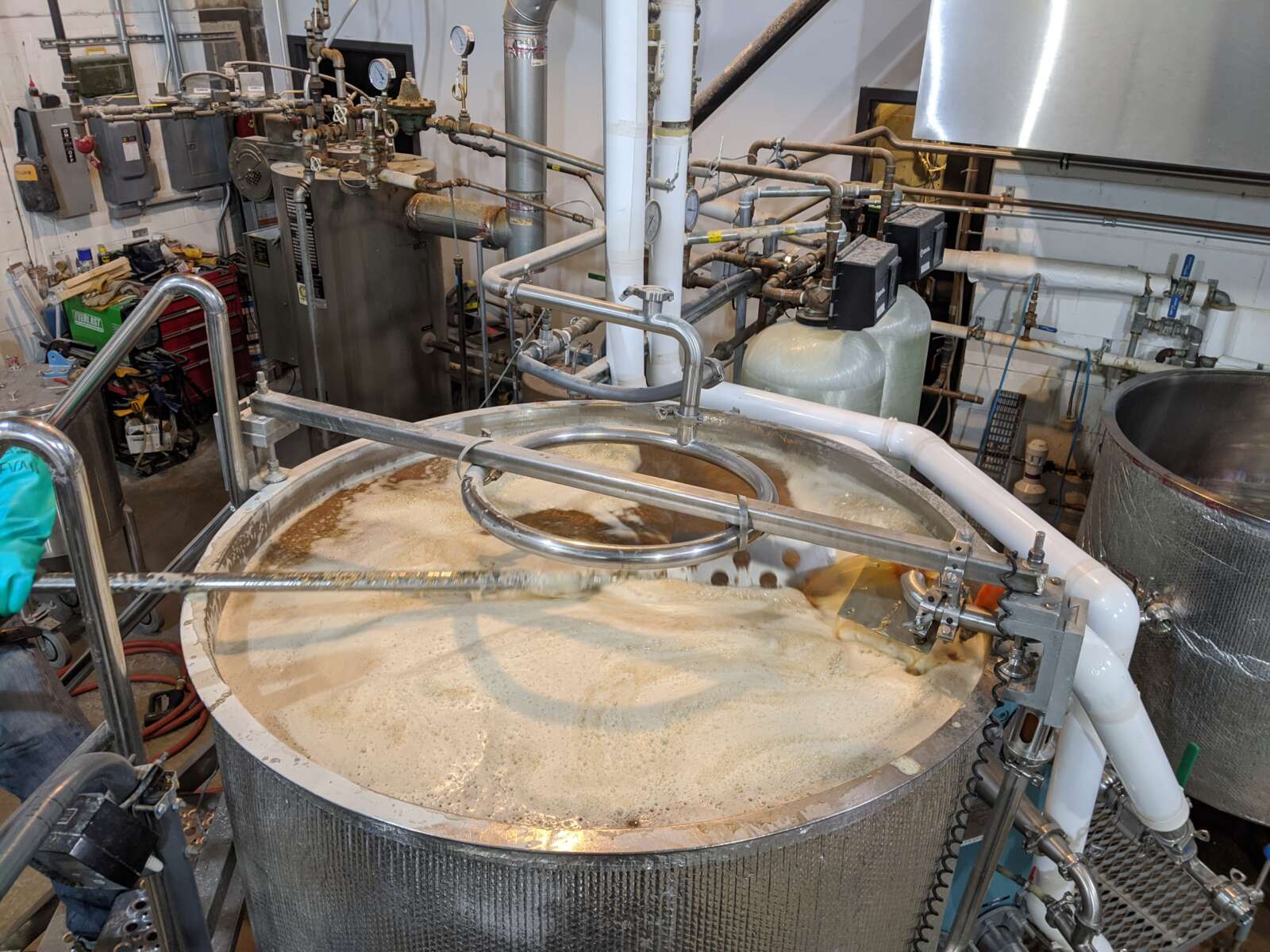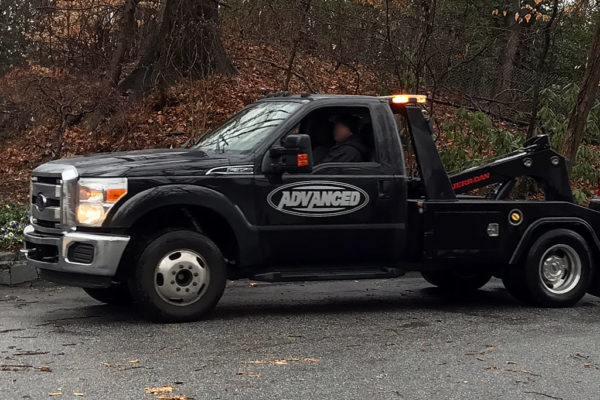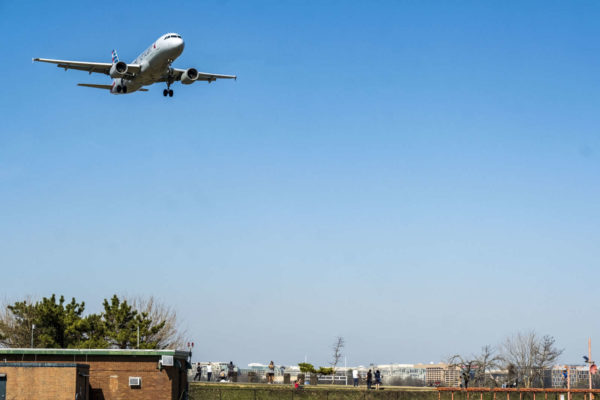
(Updated, 4:05 p.m.) As a new aircraft noise study comes in for a landing, Arlington officials admit there remains little the county can actually do about the noise above.
“I know how frustrating this is. I think people don’t understand how little power we actually have,” says Arlington County Board member Libby Garvey. “We really have almost zip.”
They’re not hopeful they can get the Federal Aviation Administration on board with changes, such as shifting National Airport’s flight patterns to less populated areas. A work group plans to ask the agency to shift incoming planes away from more developed areas and is expected to recommend doing the same for departures.
For years, residents have complained about aircraft noise, resulting from the flight patterns in and out of National Airport as well as Pentagon-bound helicopters. It’s gotten marginally worse in recent years after the FAA adjusted flight patterns to push flight paths further west, away from D.C., due to the Secret Service’s concerns about commercial flights encroaching into federal no-fly zones (Prohibited Area 56). The new patterns resulted in complaints among Arlington residents who live close to the Potomac River, including those in Rosslyn.
In 2019, the Arlington County Board sent a letter to the FAA expressing its “strong opposition” to the changes while accusing the federal agency of not engaging with the community and doing something that is “quite possibly in violation of federal law.”
“Aircraft noise is a real thing,” Arlington County Board Member Takis Karantonis tells ARLnow. “It’s a quality of life issue for many Arlingtonians who live under or near flight paths.”
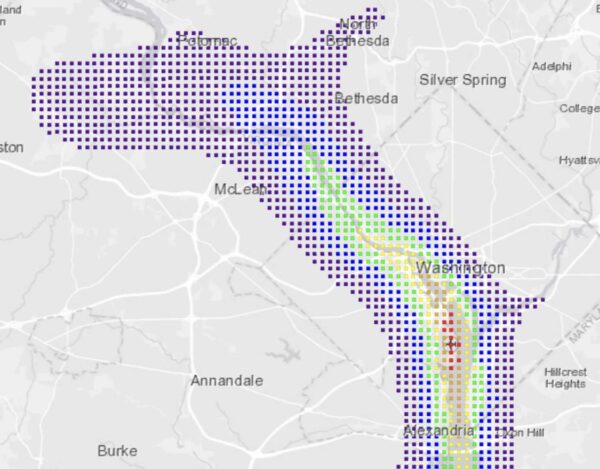
In May 2019, Arlington agreed to jointly fund a study with Montgomery County that would recommend to the FAA ways to reduce aviation noise and limit the impact on residents.
Now, after nearly three years, the “Aircraft Noise Mitigation Study” is reaching its conclusion.
The biggest takeaway is that the study recommends diverting flight paths in and out of National Airport so that fewer people are living directly under them. That means prioritizing noise reduction in more dense and populated areas, as well as “noise sensitive residential areas,” to the extent possible. The study also looked at how takeoff speed, trajectory, and height impact noise.
Last summer, new flight paths for incoming flights were proposed and, just this past December, departing flights were discussed. In addition to shifting paths, a recommendation was made for departures to be split into multiple segments so that there would be a “more equitable distribution of noise.”
The incoming flight paths were approved by DCA Community Working Group, which operates under the Metropolitan Washington Airports Authority (MWAA), and the departure paths will be reviewed in April.
It’s expected those recommendations, with possibly a few tweaks, will be approved and proposed to the FAA. But officials are skeptical of whether the FAA and federal agencies take them into consideration.
“Arlington County against the federal government is kind of a little unbalanced in terms of a power setup,” Garvey said, echoing what she said at last week’s recessed Board meeting.
That’s one of the reasons Arlington partnered with Montgomery County on the aircraft noise study, so that two jurisdictions could come together with credible data to ask the FAA and Secret Service to make changes.
The counties are also in talks with D.C. and other local jurisdictions to apply more pressure to the federal agencies. But she understands why some residents may feel like just doing a study is not enough.
“Our residents who are frustrated with the noise see nothing [being done] and they’d like us to sue the FAA or something like that,” says Garvey. “I understand the desire to do that, but that actually would be very counterproductive and not actually get us anywhere.”


